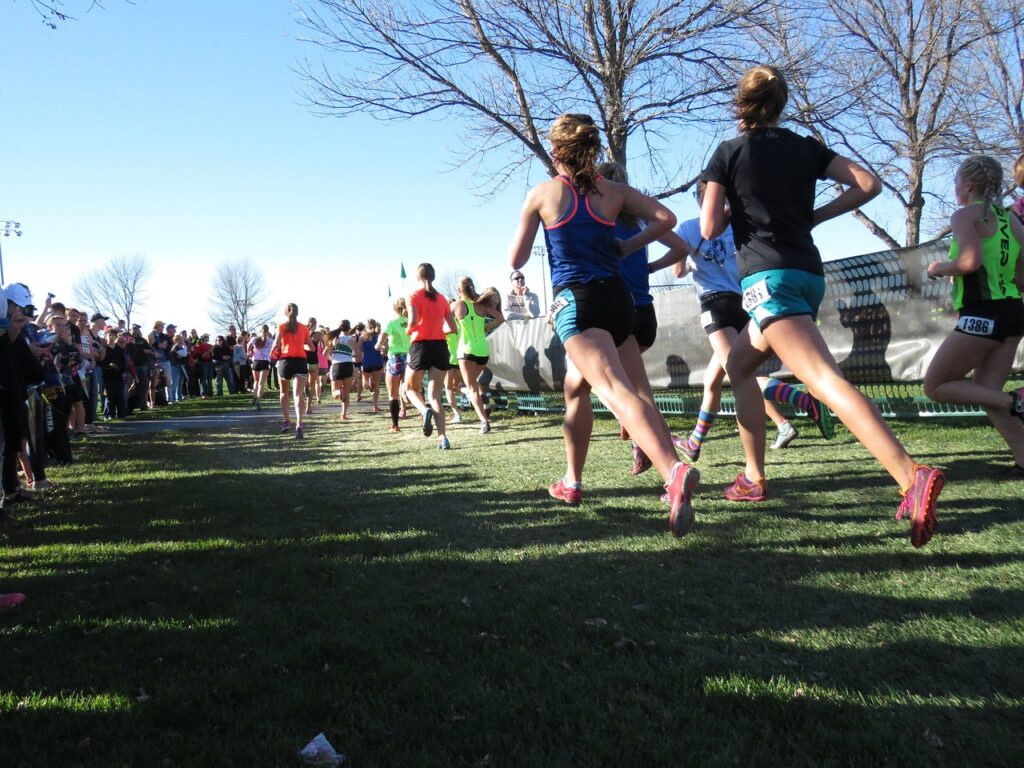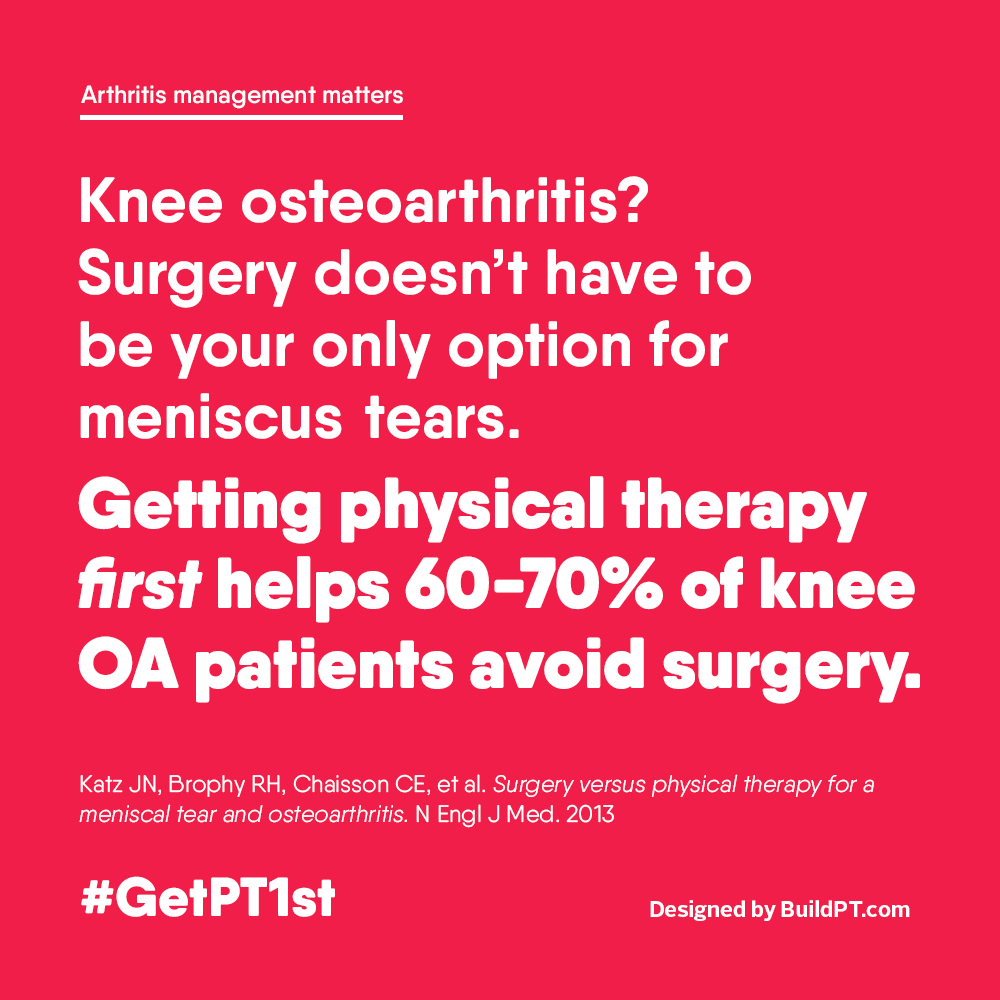WHAT CAUSES KNEE PAIN?
Some common causes of knee pain include:
degradation of joint surfaces (osteoarthritis)
damage to the cartilage within the knee joint (meniscus tear)
injury of the anterior or posterior cruciate ligament (ACL/PCL tear)
injury of the collateral ligaments on either side of the knee
poor patellar motion during knee movement due to muscle imbalance (poor patellar tracking)
hip musculature imbalances causing uneven distribution of compressive forces upon the patella (medial collapse)
overuse injury of the patellar tendon due to sport or activity (jumper’s knee)
iliotibial band inflammation/irritation (IT band syndrome)
other medical condition (infection, cancer, bone spur, popliteal cyst, DVT, etc.)
The determination of what is causing knee pain is extremely important in successfully treating it.

HOW CAN A PHYSICAL THERAPIST HELP?
Physical therapists use the specific history of your knee pain, your other health conditions that may contribute, description and location of the pain, visual movement analysis, palpation and specialized tests to determine where your pain is coming from (joint, muscle, nerve, ligament, bone, cartilage). Then, depending on what is going on with your particular case, we use the appropriate exercises and specialized methods to address the root of your pain.
The Evidence According to Science
1. According to one study, a simple 2 week program of manual therapy improved knee pain in patients with arthritis.5
2. According another study, many patients with meniscus tears improved with physical therapy just as much as with surgery. 6
3. Another study found that patients with patellar pain demonstrated improved symptoms with a proper exercise program. 7

QUICK FACTS
Knee pain affects 1 in 4 adults. 1
The number of knee replacements has increase by 8 fold from 1979 to 2002.2
Misalignment of the knee can lead to osteoarthritis due to unequal distribution of forces.3
The knee can bear up to 9 times our body weight4

SOURCES
1. CHRISTOPHER W. BUNT, MD, Medical University of South Carolina, Charleston, South Carolina CHRISTOPHER E. JONAS, DO, and JENNIFER G. CHANG, MD, Uniformed Services University of the Health Sciences, Bethesda, Maryland Am Fam Physician. 2018 Nov 1;98(9):576-585.
2.(NCHS) Centers for Disease Control and Prevention (CDC) National Center for Health Statistics. Rate of Total Knee Replacement for Persons Aged >65 Years, by Sex — United States, 1979–2002. MMWR. 2005;54:179.
3.Tanamas S, Hanna FS, Cicuttini FM, Wluka AE, Berry P, Urquhart DM Arthritis Rheum. 2009 Apr 15; 61(4):459-67.
4.Proc Inst Mech Eng H. Author manuscript; available in PMC 2013 Feb 1. Published in final edited form as: Proc Inst Mech Eng H. 2012 Feb; 226(2): 95–102. doi: 10.1177/0954411911433372
5.J Can Chiropr Assoc. 2008 Dec; 52(4): 229–242.
6.Katz JN, Brophy RH, Chaisson CE, de Chaves L, Cole BJ, Dahm DL, Donnell-Fink LA, Guermazi A, Haas AK, Jones MH, Levy BA, Mandl LA, Martin SD, Marx RG, Miniaci A, Matava MJ, Palmisano J, Reinke EK, Richardson BE, Rome BN, Safran-Norton CE, Skoniecki DJ, Solomon DH, Smith MV, Spindler KP, Stuart MJ, Wright J, Wright RW, Losina E. Surgery versus Physical Therapy for a Meniscal Tear and Osteoarthritis. N Engl J Med. 2013 May 2;368(18):1675-84. PMID: 23506518. NCT00597012
7.J Phys Ther Sci. 2015 Jul; 27(7): 2387–2390. Published online 2015 Jul 22. doi: 10.1589/jpts.27.2387.
